|
Table of contents
• Advertising types and formats
• Text Ads
• Graphic Ads
• Google & Yandex ads by placement type
• Search Ads
• Ads by relevance
• Retargeting ads
• How contextual advertising works
• When is it appropriate to use contextual ads
• Advantages and disadvantages
Contextual advertising is a type of online advertising that is placed:
• in the search results of search engines as a result for some user query, if it matches the key phrase specified in the settings;
• in mobile applications or on websites which are part of advertising networks.
Contextual ads are triggered if any of the following conditions are met:
a) their content matches the keywords;
b) the user has previously entered them into the search;
c) the user interacted with the site, and the retargeting condition was met.
Thus, contextual advertising depends on page content and/or user experience.
Advertising types and formatsBy format, we distinguish the following types of contextual advertising:
• Text ads
• Graphical ads
Text ads
Text advertising also has its varieties:
• Text advertising
• Text-graphic advertising
Text Ads – Creating a text ad requires an ad headline and body text. As a rule, 3-4 headlines are set for Google ads, which are shown to users in sequence, and 4-5 main text (Description) for the best result. It is possible to add various add-ons to text ads, for example, in the form of short links that lead to different pages of the site within a single ad.
|

Google Ads in Armenia (sample)
|
|
Text-Graphic Ads – This type of ad adds an image to the headlines and text.
In Google Ads, as a rule, you can add more than one image of an advertised product, service or company. Like titles and descriptions, Google will start circulating these to filter out the most popular ones.
In Yandex.Direct Ads text-graphic ads (Текстово-графические объявление) use Smart Design technology to determine what ad elements are relevant to each user and your website, and can add text, site links, action buttons and interactive elements if necessary. In the case of Yandex advertising, ads can also be displayed in Yandex search or on sites participating in the Yandex Advertising Network (РСЯ - Рекламная сеть Яндекса).
|

Yandex.Direct Ads (sample)
|
|
Graphical advertising
Graphical ads are static or moving banners. Banner ads are typically used to increase brand awareness. Unlike text ads where the advertiser pays per click, with banner ads you pay per view.
|
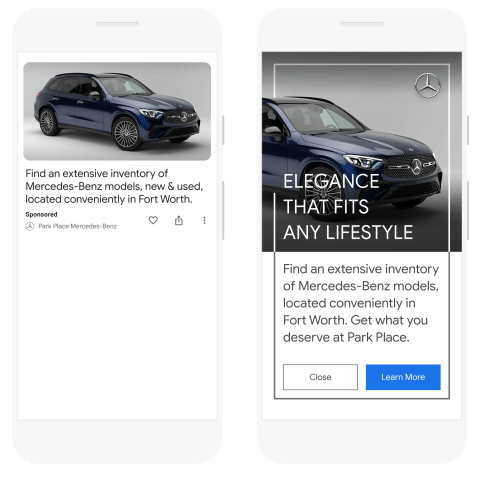
Google Ads on the Display Network (Sample)
|
|
Google & Yandex Ads by Placement Type:• Search engine advertising
• Thematic advertising
• Remarketing or retargeting advertising
Search engine advertising. Ads are displayed in search results if the queries entered by the user match the keywords and phrases specified during the setup. In the Yandex.Direct and Google Ads (formerly Google Adwords) systems, search ads are displayed above, below, and sometimes to the side of organic results.
|
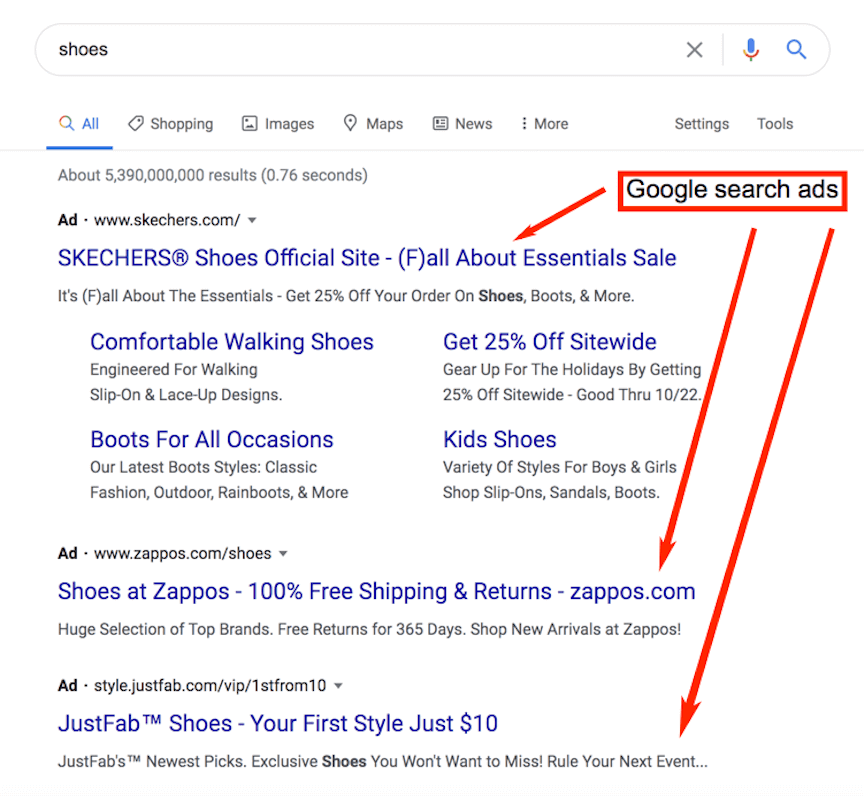
Google ads in search results (sample)
|
|
The number of impressions depends on the device on which the search is performed, the type of query and the status of the auction. So, for example, when placing a Google ad for commercial queries, four ads can be displayed above the search results on a desktop and three on a smartphone.
Principles of displaying contextual advertising
• displayed when appropriate;
• accurately answers the user's request;
• is expected, therefore the attitude towards him is positive.
• the main element of attention is the title;
• ad clickability is important.
Search results advertising is textual and consists of the following elements:
• title;
• main text;
• links (often with the displayed address after the domain name);
• additional elements, the set of which may differ in different systems (quick links with or without descriptions, clarifications, contacts, favicon, structured data).
Yandex has an alternative to text ads in search: contextual-media banners. It can be static or animated. Displayed on the right side of the screen.
____________________________
Ads by relevance or thematic advertising. The display condition is that the topic matches the main keywords specified in the settings and/or previous user experience (search using these phrases).
|
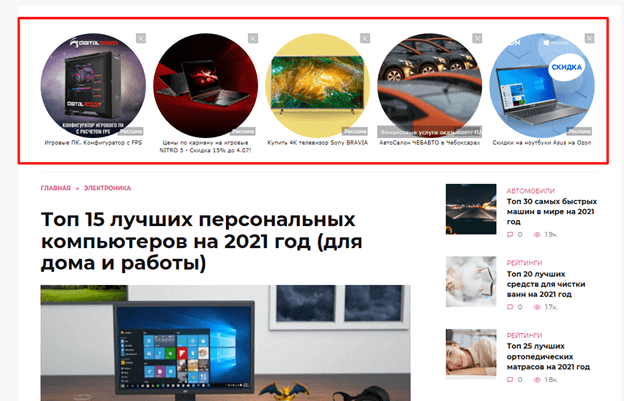
Thematic advertisement in Yandex (sample)
|
|
That is, the matching of the subject of the site with the object of the advertisement is not a mandatory condition, despite the name of the type and, for example, an advertisement of a suitcase can be placed on a website selling air tickets.
The principles of displaying thematic contextual advertising:
• it is not expected by the user who is just surfing the Internet, which means that the main task is to attract attention;
• leading element - image;
• is not displayed at the time of search, so no exact match is required;
• may not be visible due to blocking;
• the frequency of clicks does not affect the price;
• is characterized by a low CTR - the frequency of clicks;
• can appear annoying due to persistent displays.
Websites can display ads in different formats:
• text;
• text-graphic;
• graphic.
The first option is less popular for websites due to its lower ability to attract attention.
• graphic.
The first option is less popular for websites due to its lower ability to attract attention.
_________________________
Remarketing or retargeting advertising. Another name is retargeting. This is a technology that helps to reach only those users on the Internet who have interacted with the advertised website, brand or mobile application. Ads are typically displayed on websites, but Google also has search remarketing.
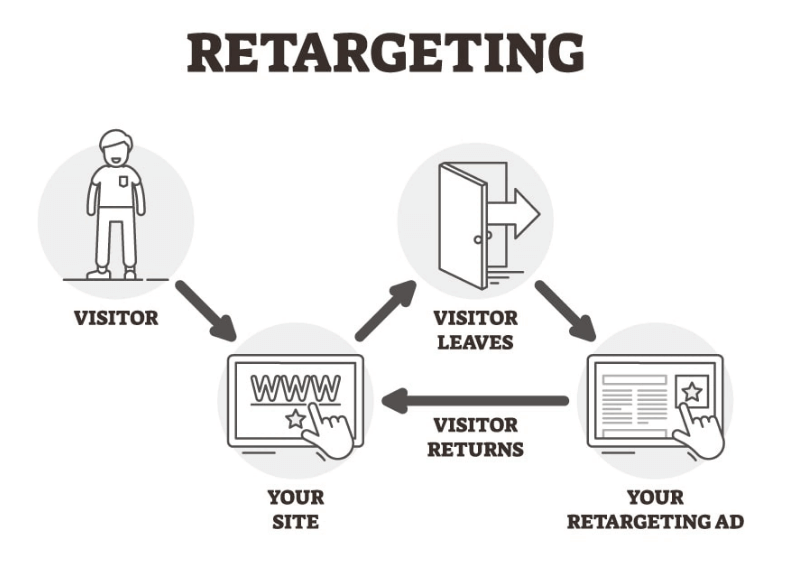 |
| How retargeting advertising works |
The principles of displaying remarketing ads:
• The ad has special content depending on the purpose (return to the buyer, remind about you, make a special offer, etc.);
• Organized by lists, segments or goals.
Formats:
• text and graphic ads;
• banners.
It offers a unique opportunity for dynamic remarketing, generating personalized ads that show exactly what the user was interested in.
How contextual Google or Yandex advertising works
Contextual advertising works as follows. The advertiser registers in a contextual advertising system, for example, Google Ads or Yandex.Direct, and creates advertising campaigns in which he specifies display times, display geography, keywords, other targeting details, makes various adjustments, defines a strategy, loads the ad. The advertiser sets the rates at which he is willing to pay the system for clicks (PPC or Pay-Per-Click, the colloquial name for advertising) and conversions.
|
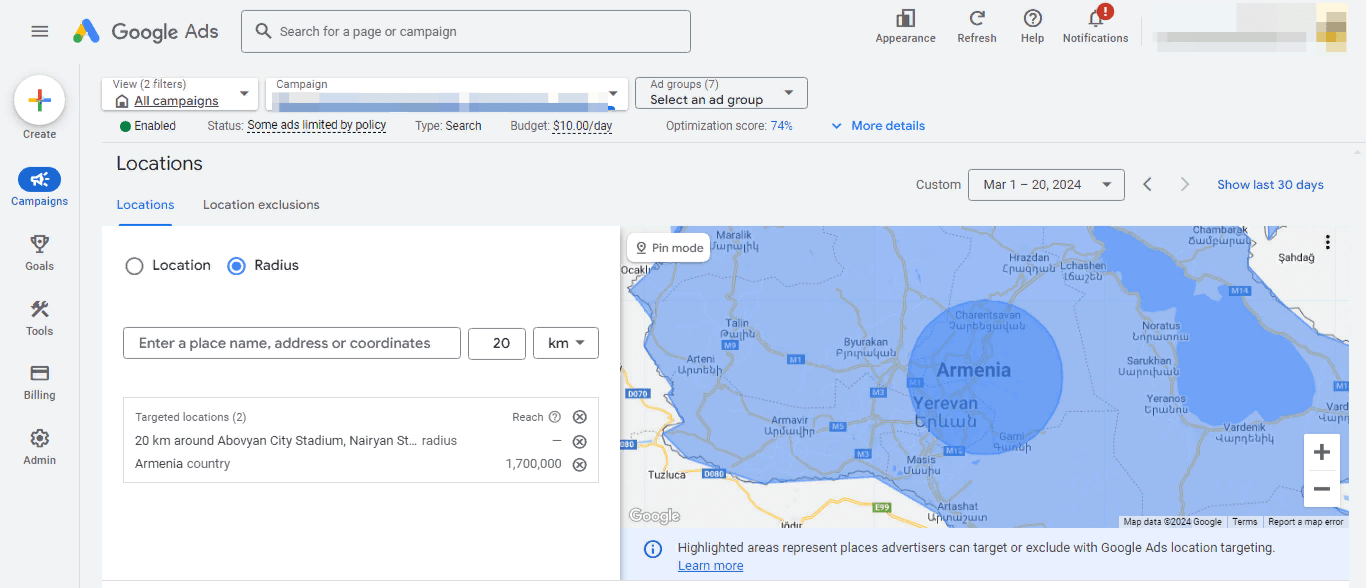
Google Ads Armenia geographic targeting
|
When a display condition is met (for example, a user enters a search query that matches a keyword specified in the ad query), an auction begins between advertisers who are interested in a possible display. The advertiser who has set a higher price or PPC for the given keyword is shown in a more profitable position.
For each ad block, the advertisement is selected separately and classified by combining various indicators (rate, statistics of previous impressions or performance forecast, quality assessment, etc.). These ratios can be different for search and topic type ads.
When a user clicks on an ad, the advertiser is charged a click fee, hence cost-per-click or CPC, which is determined by the type of active auction and the bids submitted by its participants. The display amount can also be set as a fixed price or a threshold that should not be exceeded.
When is it appropriate to use contextual advertising?
Contextual advertising can be used effectively when there is a need to:
• quickly ensure the transitions of the target audience to the site. It's hard to find another internet marketing tool that can match contextual advertising in terms of speed.
• bring back the buyer. Remarketing will help with this;
• to complete the started purchase process; This can also be done through retargeting campaigns;
• to test something. For example, a new market, product type, promotion, set of benefits that should presumably be used in other promotional materials. With the help of contextual advertising, this can be done quickly, saving money, and the effect can be evaluated using detailed statistics.
Advantages and disadvantages
Advantages of contextual advertising:
• fast volume of traffic. ability to provide. Transitions to the site will begin immediately after payment.
• receptivity to advertising. Ads are shown to those who are currently searching for that product.
• inconspicuous format. Ads and banners - banners fit organically into the content and do not annoy, unlike pop-ups, unexpected sounds, etc.;
• targeting accuracy. You can customize ad displays based on time, geography, keywords or interests, websites, internet access devices and other parameters, allowing you to make more targeted offers;
• flexible management of ad cost per click. Standard advertising system strategies are either manual, where the advertiser sets a price based on performance considerations, and automatic, which manage the budget themselves. In addition, in Google Ads you can create your own scripts and rules to adjust the cost per click.
• high speed of operation. Preparing and running a small and simple campaign takes little time.
• detailed statistics. Contextual advertising systems are integrated with analytical (analytical) systems and have their own data collection and processing tools;
• speed of change. You can make changes very quickly, they will be activated immediately after calibration;
• buy at your own price. Contextual advertising works on an auction model, so you can buy clicks at the price you are willing to pay.
• low minimum budget. For example, in Yandex.Direct it is only 1000 rubles;
• ability to automate some processes; Choosing keywords, creating ads using templates, adding notes, managing budgets. these and other aspects of work can be automated.
Disadvantages of contextual advertising:
• Non-targeted displays. Negative keyword processing or targeting errors may result in clicks from a previously uninterested audience.
• high cost per click, which may lead to the investment not being justified;
• the ability to quickly exhaust the budget if the regulation is not done correctly;
• the need for constant monitoring, including on weekends and holidays;
• fraud clicks or the possibility of unintentional clicks by competitors or random people.
• the possibility of an unreasonable intense auction;
• blocking of advertisements with special applications (ad blockers);
• dependence of traffic on available financial resources;
• lower trust in search ads than in organic results. Some users don't click on ads at all.
• inability to promote certain services due to lack of established demand;
restrictions or complete bans on Internet advertising on certain topics.
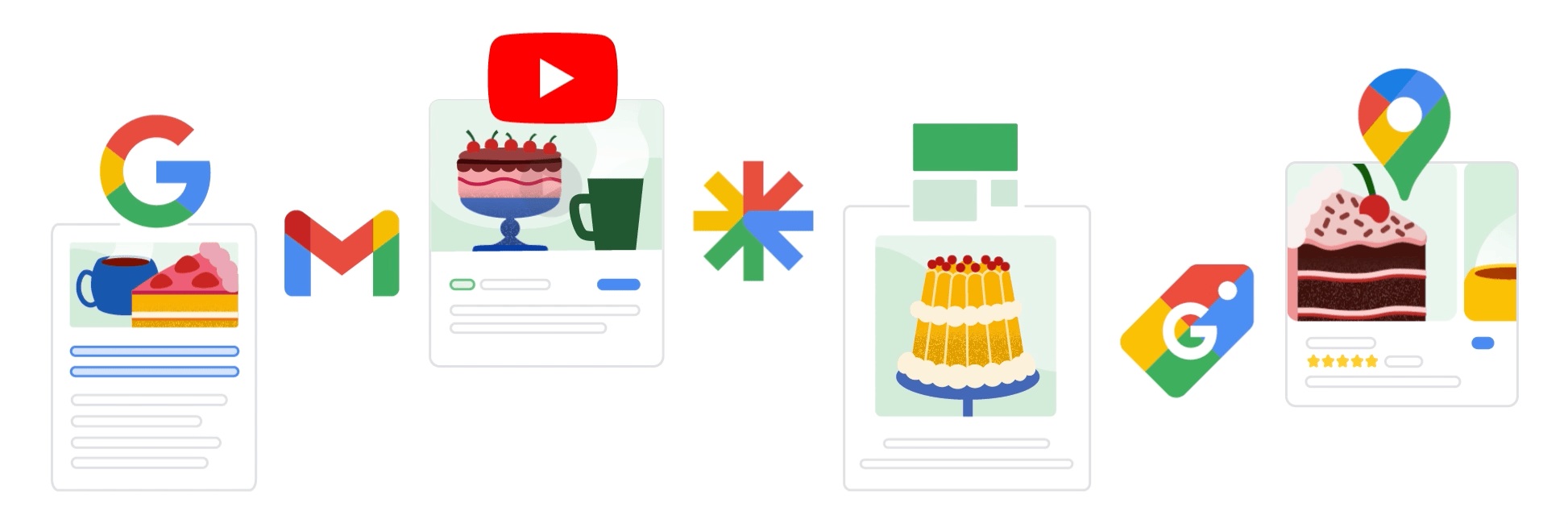
|